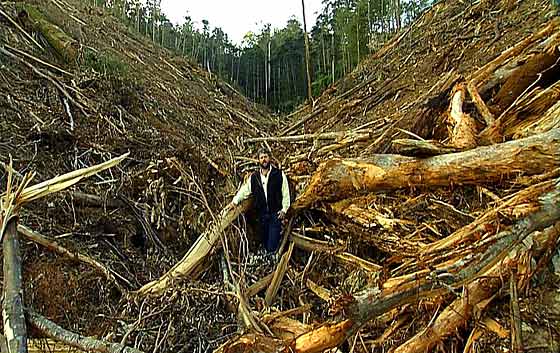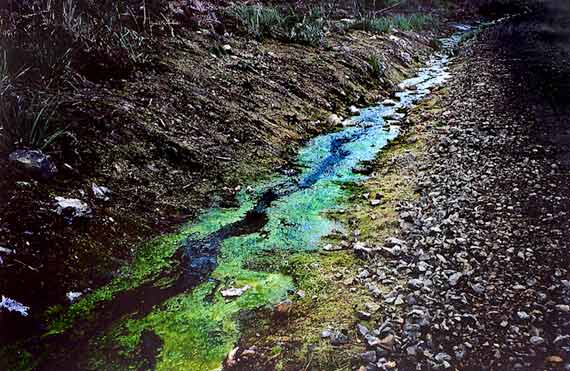|
WATER S.O.S TASMANIA - Catchment
Stability
|
|
|
|
|
The Role of Forests in
Maintaining Stable Catchments.
The long term productivity of water catchments is wholly
dependent on the stability of the forests in those catchments.
Where ever clearfelling and roading takes place there is significant
erosion and loss of topsoil resulting in the siltation and organic
matter contamination of rivers and streams, this problem is
compounded in steep terrain.
|
|
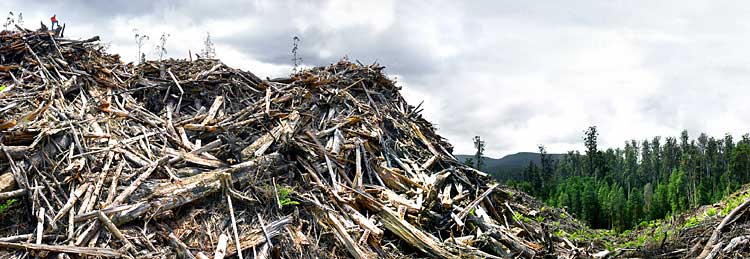 Photo by Geoff Lea
Photo by Geoff Lea |
 |
|
The binding action of deep rooting trees
and plants in forests promotes soil particle aggregation
and stability which together with the leaf litter inhibit
run-off and encourage the deep filtration of water.
|
|
|
|
This deep water storage and filtration
in turn enables rivers and streams to maintain relatively
constant flows during periods of low rainfall as groundwater
percolates out slowly over a long period.
|
|
|
|
Contamination of rivers and streams
from unstable catchments with organic matter and silt,
destroys the water quality, quantity and potability.
|
|
|
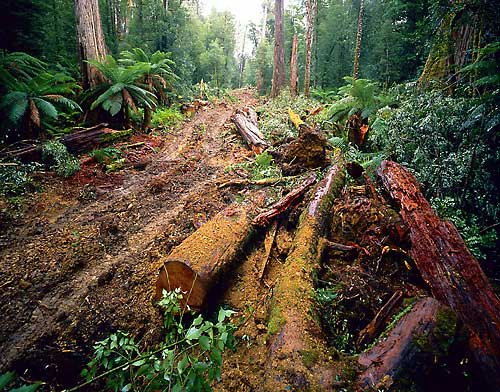 Road into old-growth forest, Upper Florentine
Valley. Zoned for logging.
Road into old-growth forest, Upper Florentine
Valley. Zoned for logging.
 |
|
|
|
|
The depletion of oxygen in waterways from
decomposing organic matter together with sedimentation, are
an important determinant of the viability of invertebrate communities
within those waterways.
|
|
|
Algal contamination is indicative a
nutrient
build-up due to organic matter and or fertilisers
(i.e., nitrates and phosphates) entering rivers and streams.
|
|
|
|
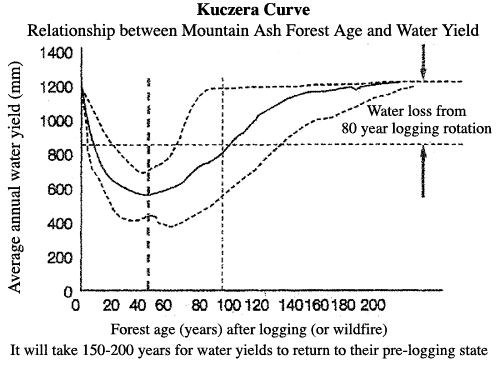 |
|
Following forestry operations, water
run-off initially increases then gradually decreases
as vigorously growing plantations or re-growth with
their high corresponding evapo transpiration rates decrease
run-off by up to 50% at around 40-50 years. Relative
stability returns to water catchments at about 150 years
plus.
|
|
|
|
Where logging rotations of less than 50 years
takes place, catchments and water production are destroyed forever.
Catchments with large areas of young trees whose underdeveloped
root systems and low soil organic matter, unlike old forests,
do not have the ability to store water for dry time flows, consequently
their high water demands leaves less for streams or may dry
them up altogether.
The Tasmanian forest practices code does not recognise
as necessary buffer zones around small ephemeral streams, channels
or steep slopes which may facilitate the prevention of the contamination
of waterways.
|
|
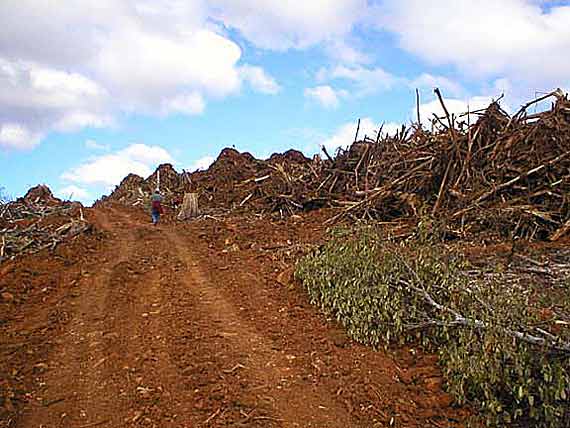 Photo by Brenda Rosser
Photo by Brenda Rosser |
Research which has been carried
out highlighting the detrimental effects of logging on water yield :
Ref : Kuczera 1985. www.StolenWater.com
Ref : O’Shaughnessy & Jayasuriya, 1991
Ref : O’Shaughnessy et al., 1995.
Ref : Doug and Koehn, 1990.
|
|
|
|
|
